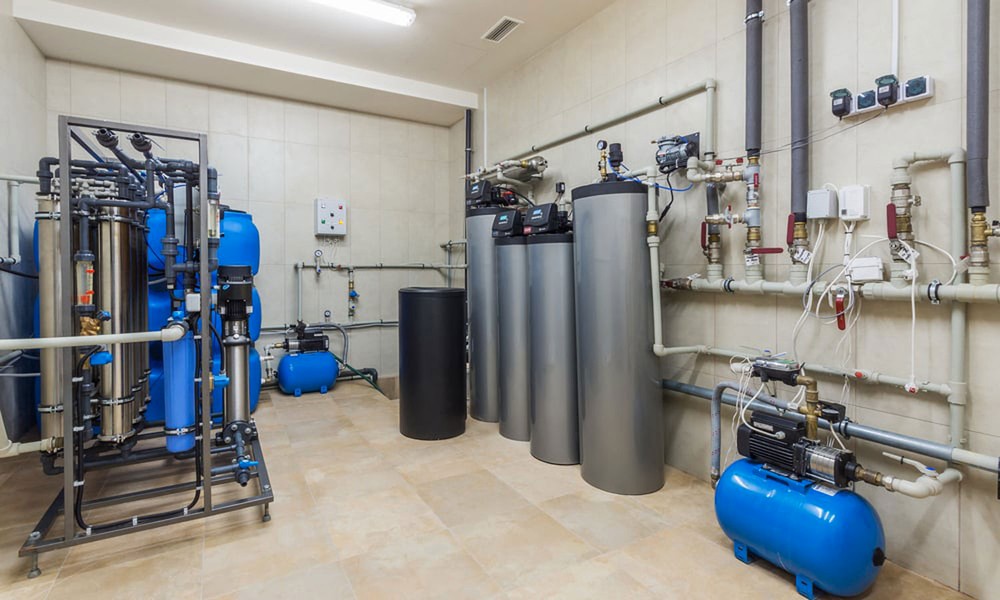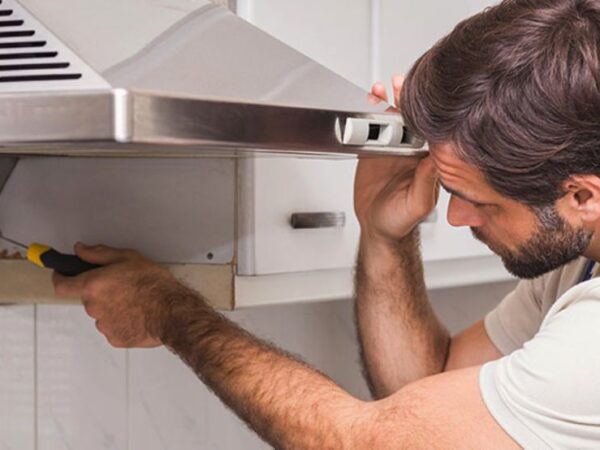In all the countries with issues of hard water is there, home water softener is now standard household appliances. Knowing how to use one will benefit you because it is a common household appliance. You won’t have to worry about calling a professional to help you use or troubleshoot your softening system because of this.
There are only a few minor differences between the operations and installations of the majority of home softening systems. Typically, there will be a compartment for the potassium or salt in every softener. Additionally, they have the main valve, a bypass valve, a resin tank, and a brine tank.
- The softened water is distributed throughout your plumbing system by the main valve, and a bypass valve is used for maintenance work to avoid shutting off the home’s water supply. Water that needs to be softened is placed in the brine tank. A control panel is also present in softening systems.
- The brine tank needs to be filled with water before you can start using home water softeners. The size of your softening appliance will determine how much water you need. The recommended water level can be found in the manual. You can search for the online version on the retailer’s website if you have lost the printed manual.
- Now, choose whether to soften your water with sodium or potassium. Sodium is more common than potassium and costs less. However, potassium should be used to soften water for people who have heart problems, kidney disease, or high blood pressure. Heart and kidney disease patients should limit their sodium intake.
- Be careful not to use too much potassium if you decide to use it in place of salt. Simply add one potassium bag to your softening system. Too much potassium can actually make your water harder, forming a bridge over it and interfering with the process of softening it. Get a stick to break the machine’s bridge in the event that this occurs.
- Setting the date and time in the control panel is the next step. To make the machine work more effectively, you should also set the water’s hardness to the right level. If you do not know the level of hardness in your water, you can test it yourself with a test kit from a hardware store. For every 1 ppm of iron in your water, raise the hardness level by 5 points.
- The recharge time can also be set automatically. When everyone is asleep and unlikely to use water, set your home water softeners to recharge in the middle of the night. The unit needs a certain amount of time to recharge without anyone using the hot water in order to function properly.
You won’t have to worry about manually charging your softener every now and then because they work automatically. Check to see that all of your valves are open and that enough water is getting to the tank. Call your retailer or manufacturer to have a look if the problem persists.





